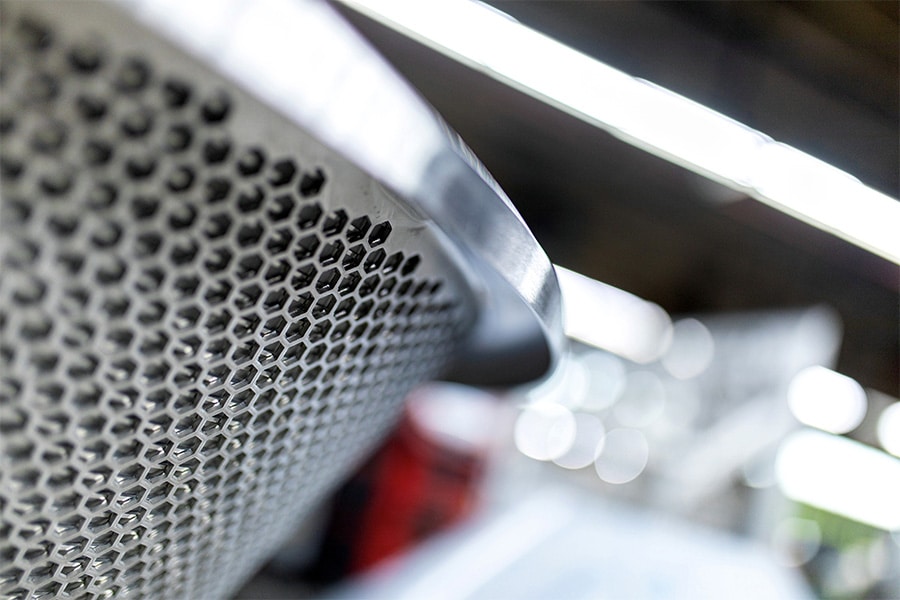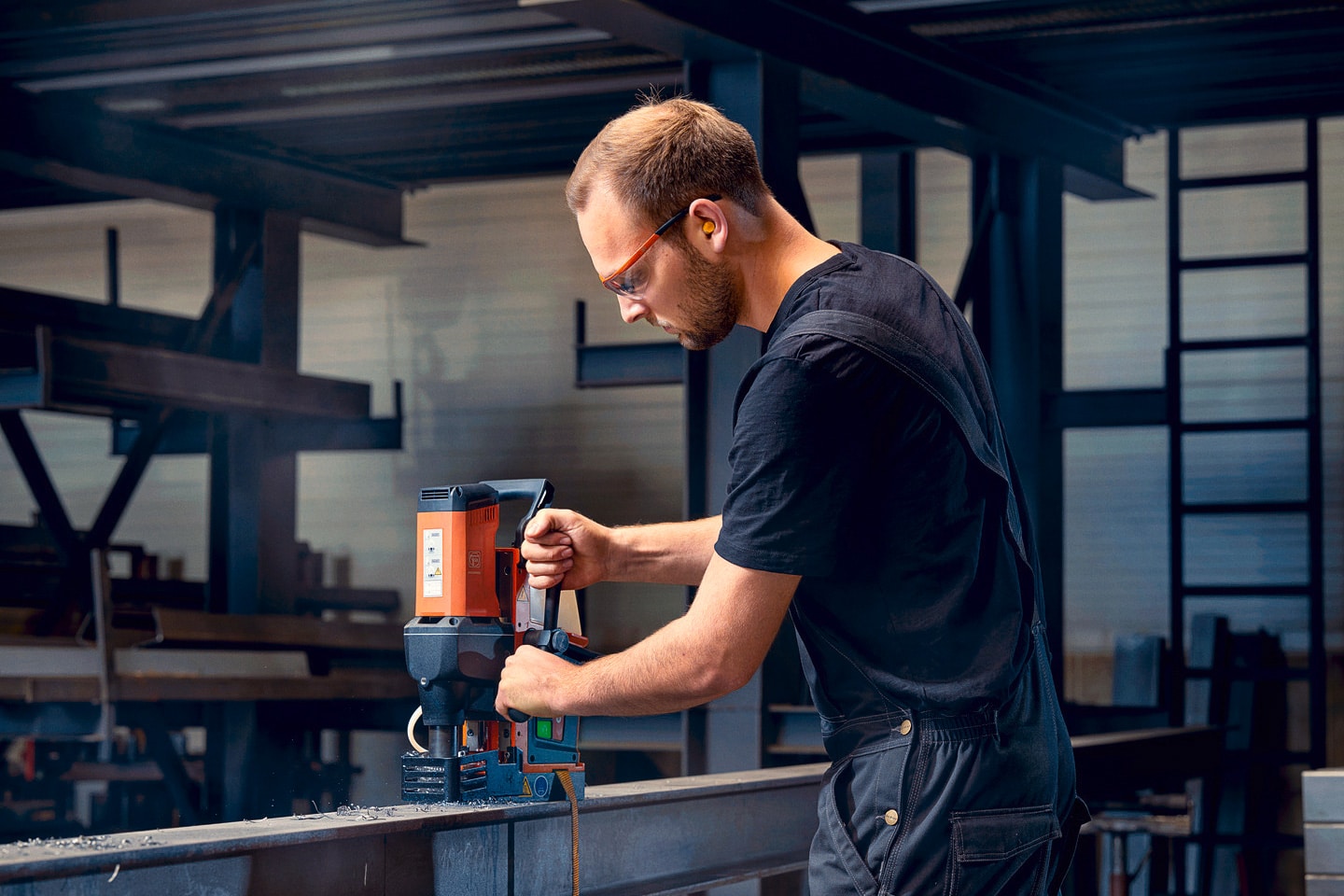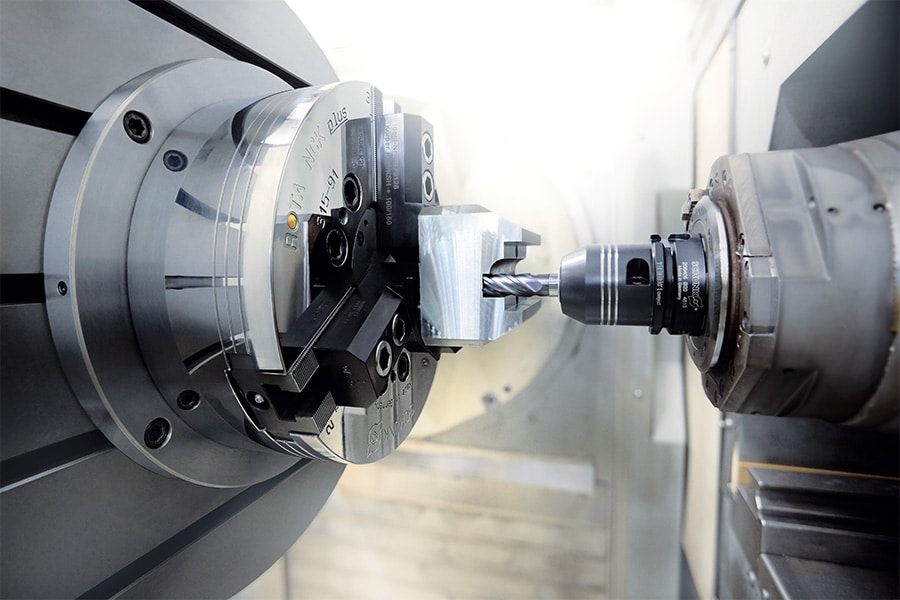
Introduction to electromagnetic pulse welding
A technique that has received due attention in various research projects in recent years is electromagnetic pulse welding. This technology offers particular potential for joining materials with widely differing melting points. After all, there is no heat generation involved. An extensive introduction to the pros and cons and the possible areas of application.

The industry has an increasing need to join dissimilar materials. A trend driven primarily by the increasing demand for lower weights and additional functionalities. But let that be precisely the Achilles' heel of traditional welding techniques. The introduction of innovative welding techniques should change this and create more opportunities. Electromagnetic pulse welding may not yet be on the radar of many metal companies. After all, this is a joining technique that, although still under development, machines are already commercially available. Research is primarily focused on mapping out its full scope. However, the tips that have already been lifted from the veil seem extremely promising for joining dissimilar materials more efficiently and at lower cost. Moreover, it is an automated technique.

Working principle of electromagnetic pulse welding
Electromagnetic pulse welding belongs to the group of pressure welding processes. The basic principle behind electromagnetic pulse welding is the development of electromagnetic fields that develop tremendous power. But how exactly does it work? Electromagnetic pulse welding begins with an induction coil placed over the workpieces to be joined. What is important here is that the coil does not make contact with the workpieces. A very large amount of electrical energy is sent through the coil in a very short time. The numbers depend largely on the system used, but discharges of 2 million A in 15 to 20 µs are among the typical possibilities. This current discharge induces eddy currents in the external workpiece. Both currents induce a magnetic field. However, these two fields will counteract each other, producing a large force generation. This will cause the external workpiece to move with great speed in the direction of the internal workpiece. The resulting deformation is permanent, with no rebound of the workpiece. By the way, if you scrutinize the macro image of the weld cross-section after electromagnetic pulse welding, you will find many similarities to a joint created by explosion welding.

Properties of the process
To engage in electromagnetic pulse welding, one needs the following: power supply (the machines for electromagnetic pulse welding simply operate on 380 V), capacitances, a coil and a transformer to adjust the frequency and amplitude of the electric current discharge. Exactly how the workpieces are then connected depends on the arrangement of the coil and the workpiece. For tubular pieces, depending on the arrangement, a crimp connection can be made, or a welded connection. With a welded connection, a metal bond is made, while with a shrinkage connection it is only a mechanical connection, which has the disadvantage of not being leak-tight. For sheet metal workpieces, only welded joints can be realized. Perhaps the most obvious feature of electromagnetic pulse welding is that it is a "cold" process. Because the temperature does not rise above 50 °C (and then only where eddy currents and plastic deformation occur), consequently no heat-affected zone occurs.
Furthermore, the process requires neither shielding gases nor filler materials nor other auxiliary materials. An important condition for the application of electromagnetic pulse welding is that the material must be electrically conductive. If it is not, too much energy will be required to generate sufficient eddy currents. Second, the surfaces of the workpieces will have to overlap with each other. There is not much preparation involved. Degreasing the workpieces is enough to get good results.

Advantages of electromagnetic pulse welding
Electromagnetic pulse welding is first and foremost an extremely fast process. In 15 to 20 µs the job is done and the weld laid. This is only the time of the pulse, although additional time will be required for clamping and unclamping. In practice, depending on the configuration, a production rate of up to 10 pieces per minute can be achieved in this way.
Because the joint does not depend on heat generation, electromagnetic pulse welding makes it possible to join materials with widely differing melting points. Connections such as aluminum to copper or aluminum to steel or copper to brass can thus be realized. Moreover, this is done without the conventional welding problems associated with the heat cycle of traditional welding processes. In other words, no thermal degradation takes place either, so the material does not lose its properties. When electromagnetic pulse welding is done correctly, the weld will always be stronger than the weakest base material. Tests have shown that when tested, fracture always occurs outside the weld zone. An additional advantage, especially in these times when increasing attention is being paid to sustainability, is that no heat, UV radiation, gas or welding fumes are produced. As mentioned earlier, protective gases additives or other auxiliary materials are also not needed. Electromagnetic welding thus earns the title of ecological welding process.

What materials can electromagnetic pulse welding be used for?
Especially in this field, further research is still awaited to see how far the playing field of electromagnetic welding can reach. Initial developments focused on pipe joints of aluminum to steel, aluminum to copper, aluminum to aluminum, copper to steel and copper to copper. The higher the conductivity of the materials in question, the better the electromagnetic pulse welding will pay off. Other combinations that seem promising include aluminum to magnesium, aluminum to titanium, copper to bronze, nickel to titanium, nickel to nickel and steel to steel.

When is electromagnetic pulse welding interesting?
It goes without saying that materials that are difficult to join using conventional welding techniques are initially being considered. Electromagnetic pulse welding is emerging as an excellent alternative to brazing and soldering. This technique is now often preferred for joining copper and aluminum, but it is labor-intensive and therefore expensive in a high-wage country like ours. These joints are found, for example, in heating and cooling elements and electrical equipment in the transportation, white goods, electronics and HVAC sectors. In addition, the aerospace and nuclear sectors are also closely following these developments. After all, this is where quite a few heat-resistant materials find application. Electromagnetic pulse welding lends itself mainly to the production of niche products or large series. Consider, for example, components for the air conditioning industry, where copper tubes, which are currently still brazed, are connected to flanges in stainless steel. Other possible applications include pressure vessels for air-conditioning systems in passenger cars or fuel filters.
In cooperation with the BIL



